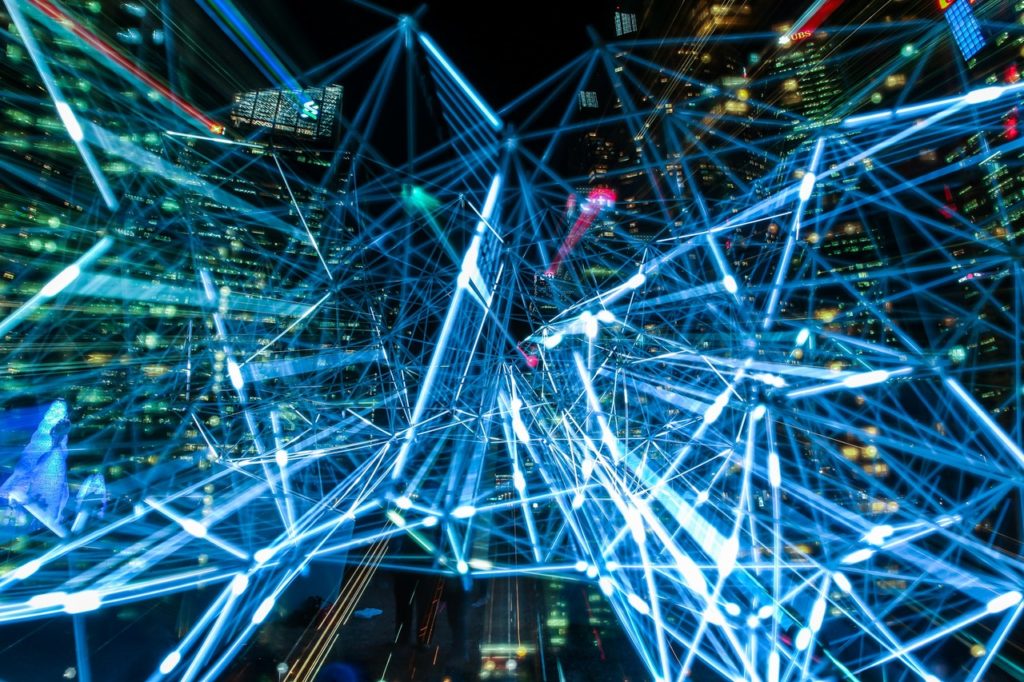Kendrick Lamar isn’t the only person that wants us to be “Humble” on Instagram with unedited photos. A new AI-based piece of software can detect a photoshopped face and even reveal what the picture was prior to the edits being applied.

Adobe partnered with UC Berkeley on a study called “Detecting Photoshopped Faces by Scripting Photoshop” which sought to discover whether or not software could tell if the photo was edited using Photoshop’s Face Aware Liquify feature according to PetaPixel.
So, how did the software learn how to do this?
Using what is called a Convolutional Neural Network (CNN), the AI reviewed thousands of pictures to which this feature was applied.
Researcher for Adobe Oliver Wang said of the process, “We started by showing image pairs (an original and an alteration) to people who knew that one of the faces was altered…For this approach to be useful, it should be able to perform significantly better than the human eye at identifying edited faces.”
The AI performed way better than any human could at the task and could even reverse the edits performed on the photo. With a detection rate accuracy of 99%, the AI’s ability to reverse engineer an edited photo bodes well for the research project’s hope of using things like this to verify the accuracy of photos and videos in the future. As editing and manipulation become increasingly sophisticated, the greater the need for software capable of detecting edits and changes.
Adobe’s article on the topic specifically states this, “This new research is part of a broader effort across Adobe to better detect image, video, audio and document manipulations. Past Adobe research focused on image manipulation detection from splicing, cloning, and removal, whereas this effort focuses on the Face Aware Liquify feature in Photoshop because it’s popular for adjusting facial features, including making adjustments to facial expressions. The feature’s effects can be delicate which made it an intriguing test case for detecting both drastic and subtle alterations to faces.”
“This is an important step in being able to detect certain types of image editing, and the undo capability works surprisingly well…Beyond technologies like this, the best defense will be a sophisticated public who know that content can be manipulated — often to delight them, but sometimes to mislead them,” Adobe Research Head Gavin Miller said.
You can watch a video of the process here on YouTube.
As always we’d love to know your thoughts on this in the comments section below.




